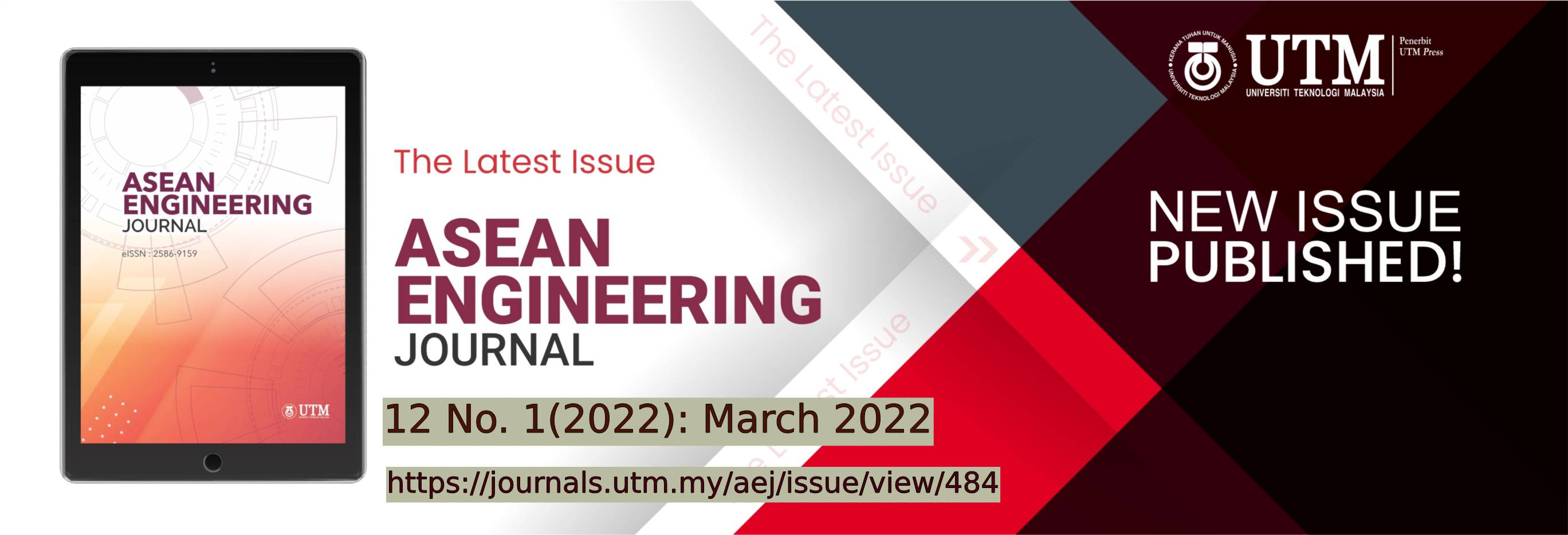SUPPLEMENTARY TOOLS IN BASELINE INFORMATION BUILDING FOR WATER RESOURCES PROJECTS UNDER THE NEW NORMAL
DOI:
https://doi.org/10.11113/aej.v12.16657Keywords:
Water resources projects, New normal, Hydrologic modeling, Hydraulic modelingAbstract
Research and industry-related engineering projects are affected in many ways by the COVID-19 pandemic. For example, data gathering becomes more challenging in recent times. The main objective of this paper is to demonstrate alternative ways to gather baseline data related to water resources projects. There are supplemental open-source tools available for baseline information building that are used in the past years that are expected to play more significant roles now. The data gathering phase of some projects were used as examples. Firstly, the importance and basic know-hows of Google Earth Pro ™ in the context of rapid reconnaissance and appraisal (RRA) are portrayed. Google Earth Pro’s Street View and available historical satellite images enable spatially and temporally varied virtual tour of study areas, which can help in site characterization and identification of important study and design parameters. Secondly, the use of hydrologic modeling to obtain estimates of flow data is illustrated. Hydrologic Engineering Center – Hydrologic Modeling System (HEC-HMS) is shown to be capable of generating approximate flood hydrographs for ungaged rivers and flow duration curves for water supply studies. Lastly, the capability of hydraulic models to estimate water levels is presented. Instead of getting anecdotal water levels in the field, hydraulic modeling packages such as Hydrologic Engineering Center – River Analysis System (HEC-RAS) and SOBEK-River are technically feasible to get water levels for water resources projects. Although the results are subjected to some limitations, as in the case of uncalibrated models, these provide opportunities to obtain valuable information amidst the pandemic.
References
Butler, L.M. 1995. The “Sondeo” a Rapid Reconnaissance Approach for Situational Assessment [Catalog], 1-15. Available: https://fyi.extension.wisc.edu/wateroutreach/files/2016/01/Butler_SONDEO_pub__17586471.pdf [Accessed: November 2020]
Swiss Federal Institute of Aquatic Science and Technology. n.d. Using Google Earth for Infrastructure Planning [Brochure], Überlandstrasse, Dübendorf, Switzerland.
Calva, L.G., Golubov, J., Mandujano, M.D., Lara-Domínguez, A.L., and López-Portillo, J. 2019. Assessing Google Earth Pro Images for Detailed Conservation Diagnostics of Mangrove Communities. Journal of Coastal Research, 92(sp1): 33-43. DOI: 10.2112/SI92-005.1
Ghaffarian, S., Farhadabad, A.R., and Kerle, N. 2020. Post-Disaster Recovery Monitoring with Google Earth Engine. Applied Sciences, 10(13): 1-15.
DOI: 10.3390/app10134574
Mays, L.W. 2011. Water Resources Engineering, 2nd Edition, John Wiley & Sons, Hoboken, New Jersey, United States.
Chang, C., and Huang, W. 2013. Hydrological modeling of typhoon-induced extreme storm runoffs from Shihmen watershed to reservoir. Natural Hazards, 67: 747-761.
DOI: 0.1007/s11069-013-0600-7
Oleyiblo, J., and Li, Z. 2010. Application of HEC-HMS for flood forecasting in Misai and Wan'an catchments in China. Water Science and Engineering, 3(1): 14-22. DOI: 10.3882/j.issn.1674-2370.2010.01.002
Santillan, J. 2011. Project 3: Modeling of Flash-flood Events using Integrated GIS and Hydrological Simulations. [Online]. Available: https://agstlab.files.wordpress.com/2011/03/uptcagp_smtfcmms_project-3_terminal_report_lowres.pdf [Accessed: November 2020]
Cisneros, A.G. 2017. Environmental Flow Assessment of Manolo Fortich Hydro-electric Power System. Thesis (Master’s), University of the Philippines – Diliman, Quezon City, Philippines.
Nguyen, H.Q., Degener, J., and Kappas, M. 2015. Flash Flood Prediction by Coupling KINEROS2 and HEC-RAS Models for Tropical Regions of Northern Vietnam. Hydrology, 2(4): 242-265. DOI: 10.3390/hydrology2040242
US Army Corps of Engineers, HEC-RAS 2D Modeling User’s Manual [Online]. Available: https://www.hec.usace.army.mil/confluence/rasdocs/r2dum/latest [Accessed: November 2020]
















